Affiliate marketing has become one of the most popular ways to generate income online. Whether you’re looking to earn passive income, explore flexible business opportunities, or create a sustainable income stream, affiliate marketing provides a compelling avenue. But how exactly does it work, and why is it such a game-changer in today’s digital era? This post breaks it all down for you. By the end, you’ll not only understand affiliate marketing but also have actionable steps, inspiration from real-world examples, and tips to kick-start your own affiliate marketing business.
What Is Affiliate Marketing?

Affiliate marketing is a performance-based marketing strategy where individuals (affiliates) promote products or services on behalf of a company (merchant). Affiliates earn a commission for every sale, lead, or click generated through their referral links. It’s like being the middleman in a digital marketplace, introducing potential consumers to valuable products or services.
For instance, have you stumbled upon a blog recommending a skincare product with a clickable link for purchase? That’s likely affiliate marketing in action!
How Does Affiliate Marketing Work?
Affiliate marketing works like this:
- Merchant creates an affiliate program to expand their reach.
- Affiliates join the program and promote the merchant’s products/services through special tracking links.
- Consumers click on links and complete a desired action (e.g., make a purchase).
- Affiliate gets rewarded with a commission based on the performance metrics.
Brief History of Affiliate Marketing
Affiliate marketing isn’t new. It has its roots in the mid-1990s when e-commerce began to gain momentum. Amazon is often credited with pioneering affiliate marketing through its Amazon Associates Program, launched in 1996. Since then, affiliate marketing has evolved dramatically, with technological advancements enabling even easier tracking, reporting, and scaling.
Benefits of Affiliate Marketing

Why is affiliate marketing attracting so many individuals and businesses? Here are some of its biggest perks:
Low Cost of Entry
Unlike traditional business models, affiliate marketing has very low startup costs. You don’t need warehouses, inventory, or even your own products. With a laptop and an internet connection, you’re in business!
Flexibility and Convenience
Work from anywhere, at any time. Affiliate marketing allows you to create your own schedule, giving you the ultimate flexibility. Whether you’re a student, stay-at-home parent, or someone with a 9-to-5 job looking to start a side hustle, this model fits seamlessly into your life.
Scalability and High-Income Potential
With affiliate marketing, your earning potential isn’t limited by hours worked. Once you’ve built a functional system, like a monetized blog or a social media strategy, you can scale exponentially.
Passive Income Opportunities
Affiliate marketing is often touted as one of the best ways to achieve a stream of passive income. By creating evergreen content that continues to drive clicks and conversions, you can generate earnings even while you sleep.
Key Players in Affiliate Marketing
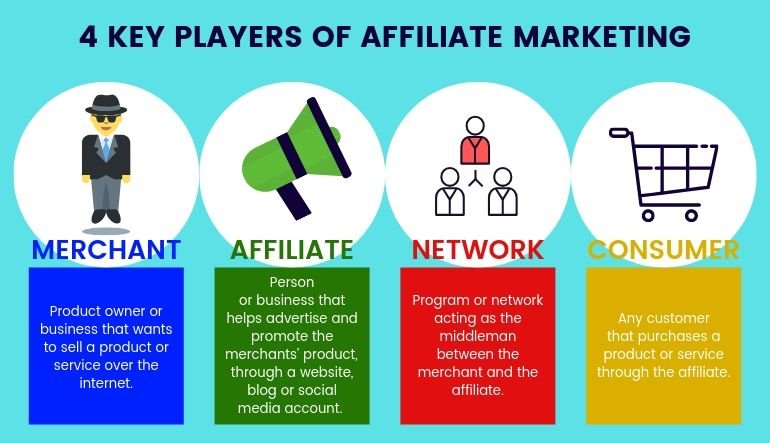
Affiliate marketing is built upon a collaboration of these key players:
Merchants (Advertisers)
Merchants are the companies or individuals selling products/services that affiliates promote. Examples include e-commerce brands, SaaS companies, and coaching businesses.
Affiliates (Publishers)
Affiliates are individuals or entities promoting products. They use blogs, social media, email marketing, or YouTube channels to reach potential customers.
Consumers
Consumers are the end-users who make purchases or complete actions through affiliate links.
Affiliate Networks
Affiliate networks act as intermediaries between merchants and affiliates. They provide a platform to find programs, track performance, and handle payouts. Examples include ShareASale, CJ Affiliate, and Impact.
How to Get Started with Affiliate Marketing
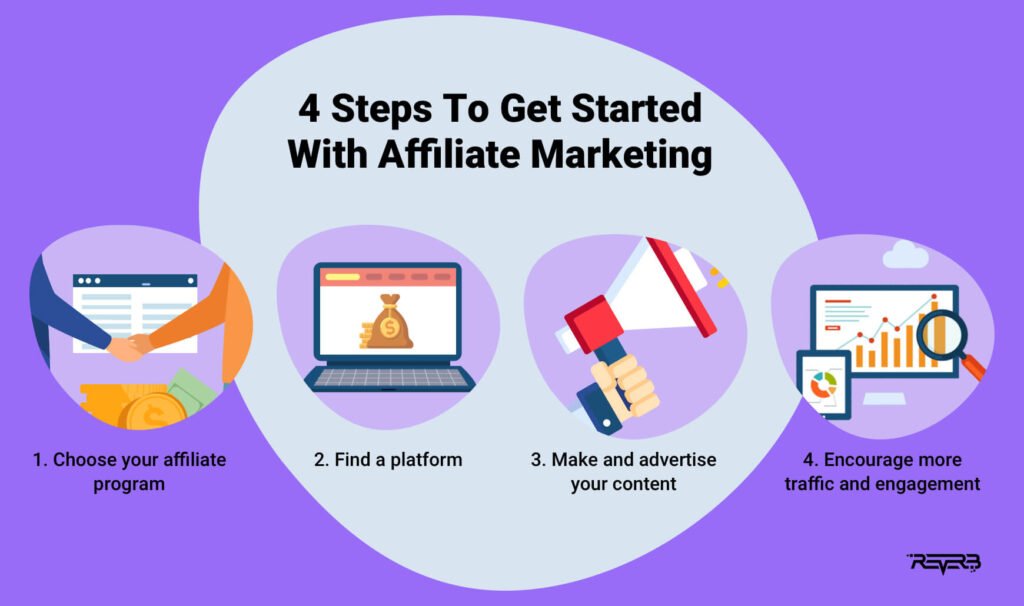
Here’s how you can launch your affiliate marketing business:
Choose a Niche
Select a niche that aligns with your interest and has strong earning potential. Examples include fitness, technology, or beauty. A niched-down focus helps you build authority and attract a dedicated audience.
Research Affiliate Programs
Join affiliate programs or networks that cater to your chosen niche. Look for trusted programs with competitive commissions and high-quality products.
Build a Website or Platform
Create a blog, YouTube channel, or social media profile to start promoting affiliate products. A well-built website is crucial for long-term scalability.
Create High-Quality Content
Content is the foundation of affiliate marketing. Publish blogs, reviews, or guides offering value to your audience. For example, a tech reviewer could write a guide comparing laptops.
Drive Traffic to Affiliate Links
Here’s where the magic happens. Use SEO, social media marketing, and even paid ads to drive traffic to the content hosting your affiliate links.
Examples of Successful Affiliate Marketing Campaigns
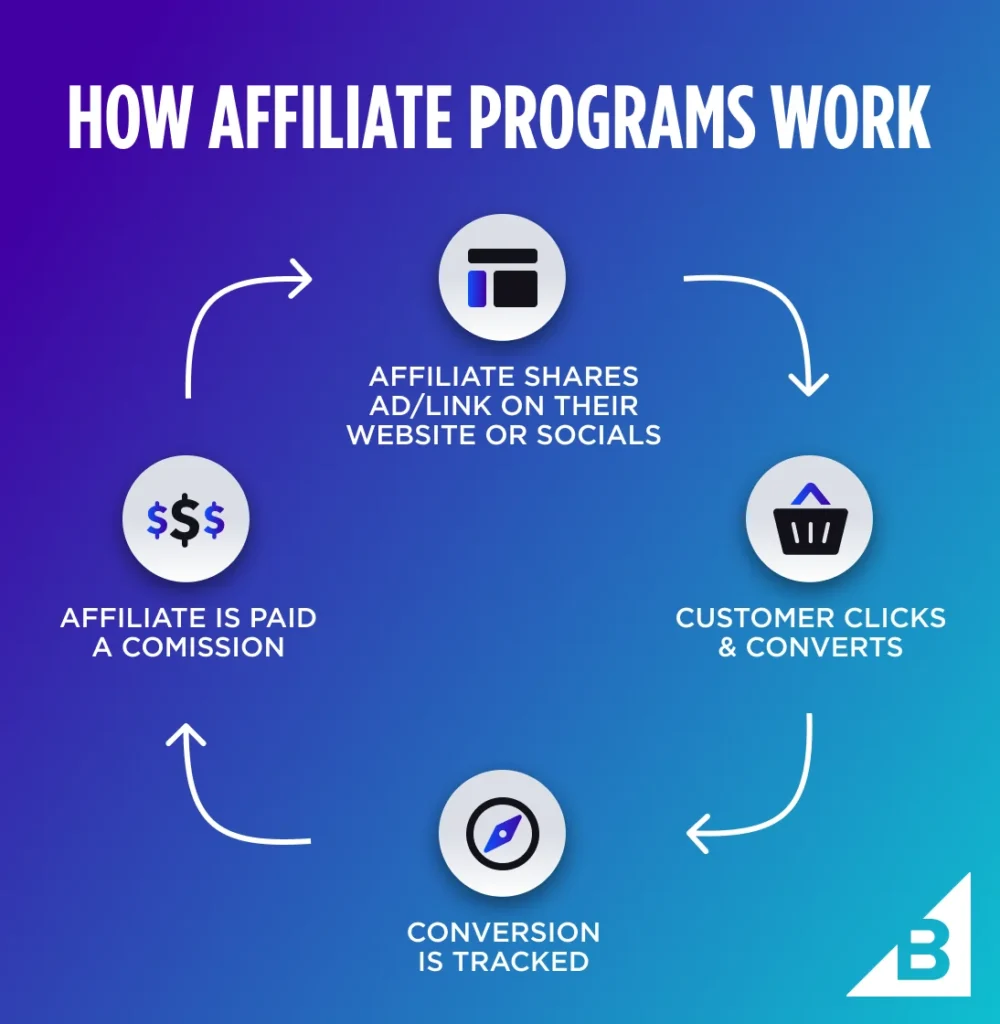
Amazon Associates Program
Amazon’s affiliate program lets affiliates earn a commission on a wide range of products, making it one of the most diverse affiliate opportunities.
ClickBank
ClickBank focuses on digital products, such as eBooks and online courses. It’s a top choice for marketers targeting business or self-help audiences.
ShareASale
ShareASale offers over 4,500 programs across various niches, making it an excellent starting point for new affiliates.
Best Practices for Affiliate Marketing
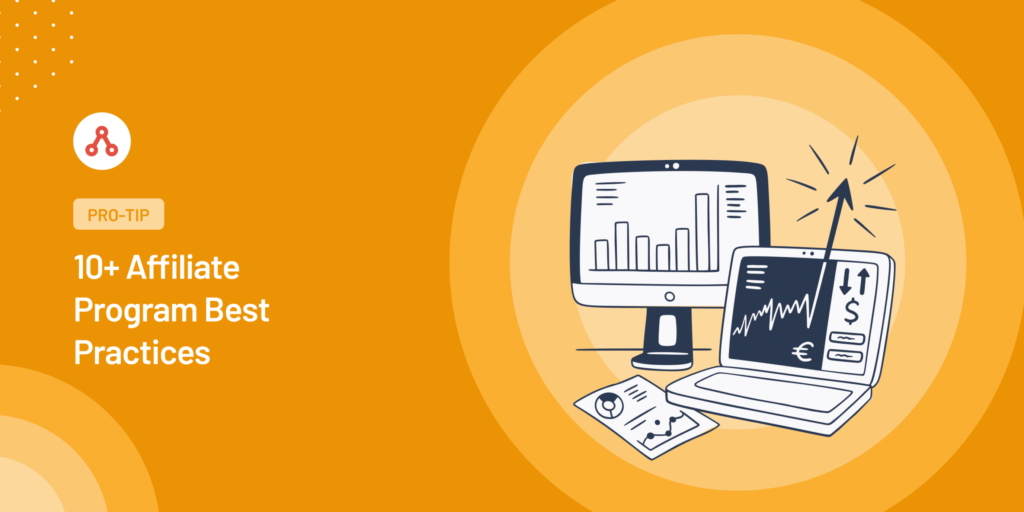
To succeed long-term, here are some key practices to adopt:
Be Transparent and Honest
Disclose that you’re using affiliate links. Transparency builds credibility with your audience.
Focus on Providing Value
Instead of pushing for sales, provide value. Help your audience make informed purchasing decisions with detailed tutorials and reviews.
Build Trust with Your Audience
The stronger the trust, the higher the conversions. Connect with your audience by being authentic and relatable.
Optimize for SEO
Well-optimized content ranks higher on search engines, driving organic traffic to your affiliate links.
Common Mistakes to Avoid in Affiliate Marketing
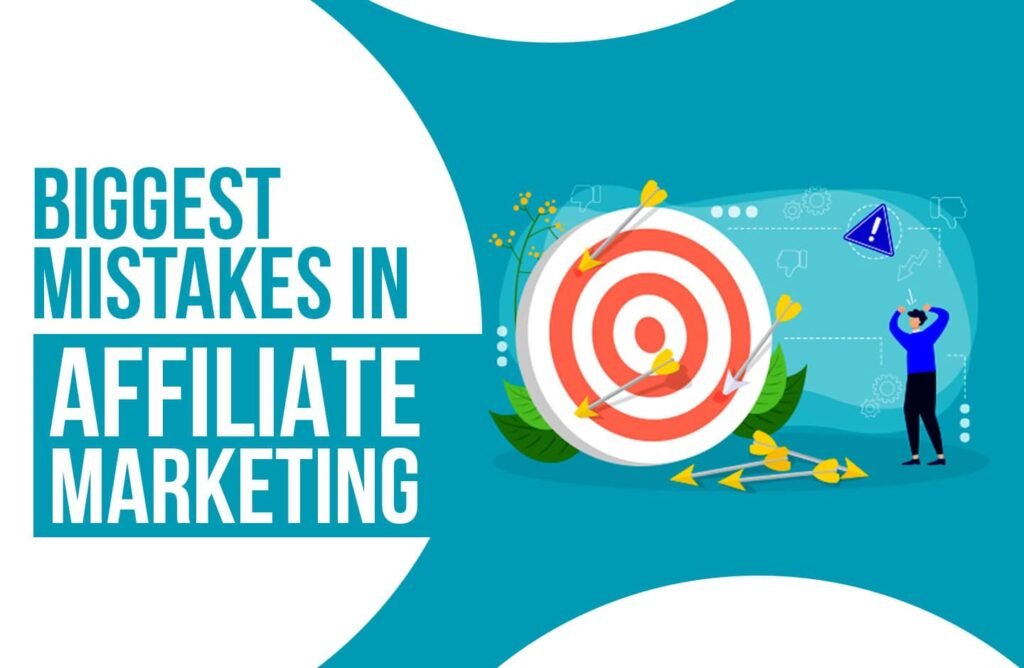
To ensure your efforts don’t fall flat, steer clear of these pitfalls:
- Promoting Low-Quality Products: Always recommend products you genuinely believe in.
- Neglecting SEO: Ignoring SEO will prevent organic growth.
- Ignoring Your Audience: Failing to address your audience’s needs will lead to mistrust.
- Failing to Track Results: Use tools like Google Analytics to monitor your performance.
The Future of Affiliate Marketing

Affiliate marketing is growing alongside technological advancements. Here’s what the future holds:
AI and Automation
AI tools are automating repetitive tasks like email marketing, enabling affiliates to scale operations faster.
Increased Personalization
Personalized product recommendations, powered by AI, lead to better conversions.
Mobile Optimization
With mobile-first browsing on the rise, having mobile-optimized content is no longer optional.
Growing Importance of Video
Short-form video content is the next big trend in affiliate marketing, with platforms like TikTok and YouTube leading the way.
Start Your Affiliate Journey Today
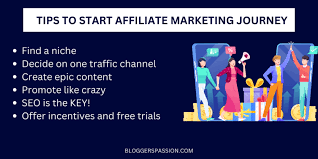
Affiliate marketing is one of the most accessible ways to generate online income. Whether you’re a beginner or an experienced marketer, there’s always room for growth in this dynamic field.
If you’ve been toying with the idea of starting affiliate marketing, there’s no better time than now. Choose your niche, find an affiliate program, and begin creating content that generates both value and revenue.
Take the first step today and build your path to financial independence!



